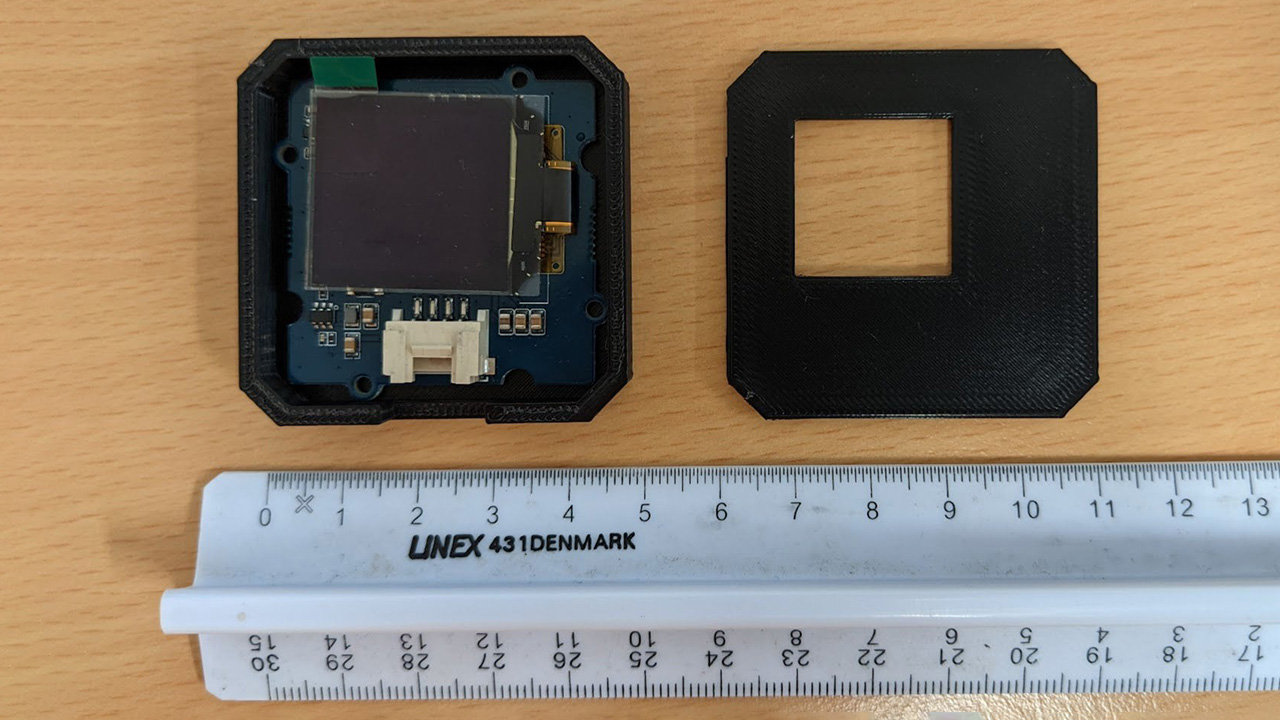Raspberry Pi Pico Powers DIY Cycle Computer
I want to ride my Picycle
Some people love microcontrollers so much they want to take them with them wherever they go. Such a person is Martin Cejp on Hackaday, who has hacked together a cycle computer using the diminutive Raspberry Pi Pico.



Housed inside a 3D-printed case, Overkill Cyclocomputer, has a 1.12 inch screen Seeed Studio Grove OLED Display v2, which comprises most of what you see in the photos, fixed to the bike’s handlebars. The Raspberry Pi Pico hides in a cardboard box on the rear carrier rack, along with a battery pack. We'd love to see this is in a waterproof housing. Wires then run from the GPIO pins to the screen (using a Grove connector) and also to a Reed switch, which emerges from some streamlined fixing fabric (duct tape) near the rear wheel, where it’s triggered by a magnet on the spoke every time it passes by. This gives a count of the wheel revolutions per second, which with a bit of math gives the bike’s speed.
There's a full component list, a wiring diagram, and a 3D printing guide on the site, along with Cejp's other projects, which include console simulators and a climate monitoring device.
Get Tom's Hardware's best news and in-depth reviews, straight to your inbox.

Ian Evenden is a UK-based news writer for Tom’s Hardware US. He’ll write about anything, but stories about Raspberry Pi and DIY robots seem to find their way to him.